Trenes solares: qué son y cómo funcionan
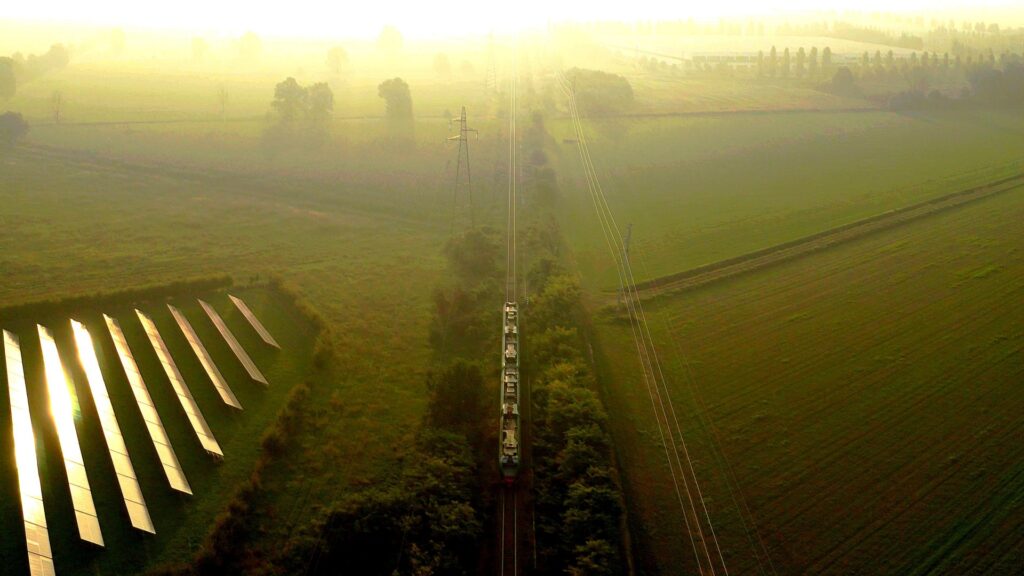
Despite their promise, there are hardly any solar train projects in the world, given the numerous technical complications involved in feeding such a large (yet efficient) object with solar power.
Smart AMB: ¿pueden los datos conducirnos hacia mejores servicios urbanos?
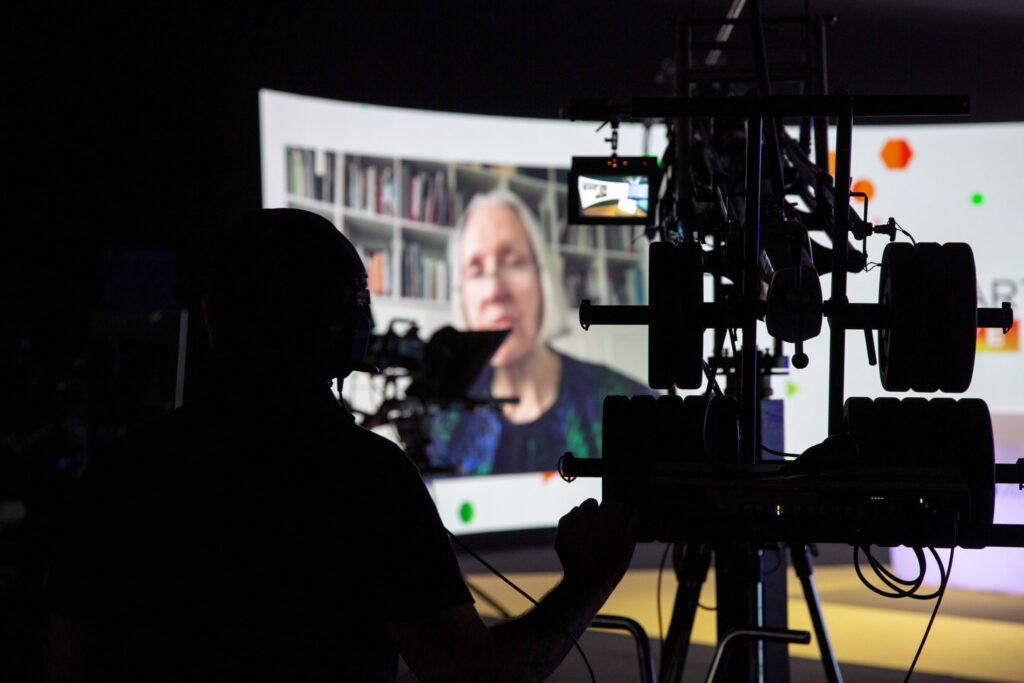
Cities around the world are deploying data platforms with the aim of designing an urban intelligence based on information extracted from these data which, once analyzed, can generate knowledge about different metropolitan areas. This is the case with Smart AMB, in the Metropolitan Area of Barcelona.
Gimnasios urbanos: la respuesta para estar en forma en la ciudad
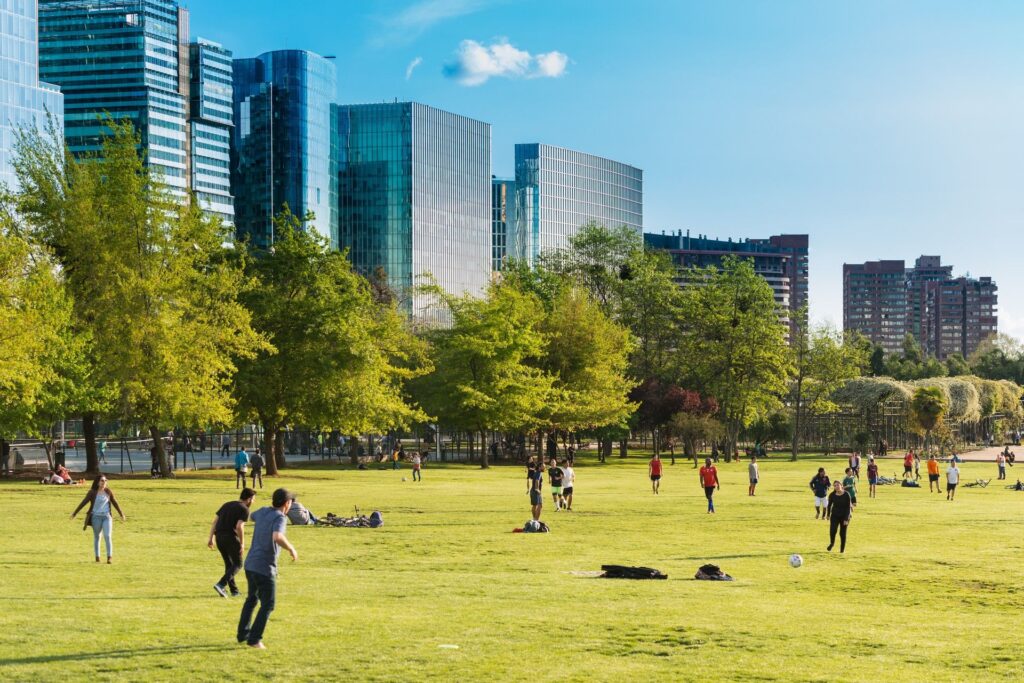
Urban gyms have reemerged. A network of infrastructures that cities implement heterogeneously through parks, specific facilities or by designing infrastructures that favor activity.
Los tres principios de sostenibilidad y cómo implementarlos en las ciudades

En 1992 se formuló la Agenda 21, que fijaba los tres ámbitos sobre los que las autoridades mundiales, nacionales y locales debían trabajar para establecer un desarrollo sostenible. ¿Cuáles son? ¿Cómo pueden beneficiar a las ciudades?
Así quiere Venecia salvarse de sí misma
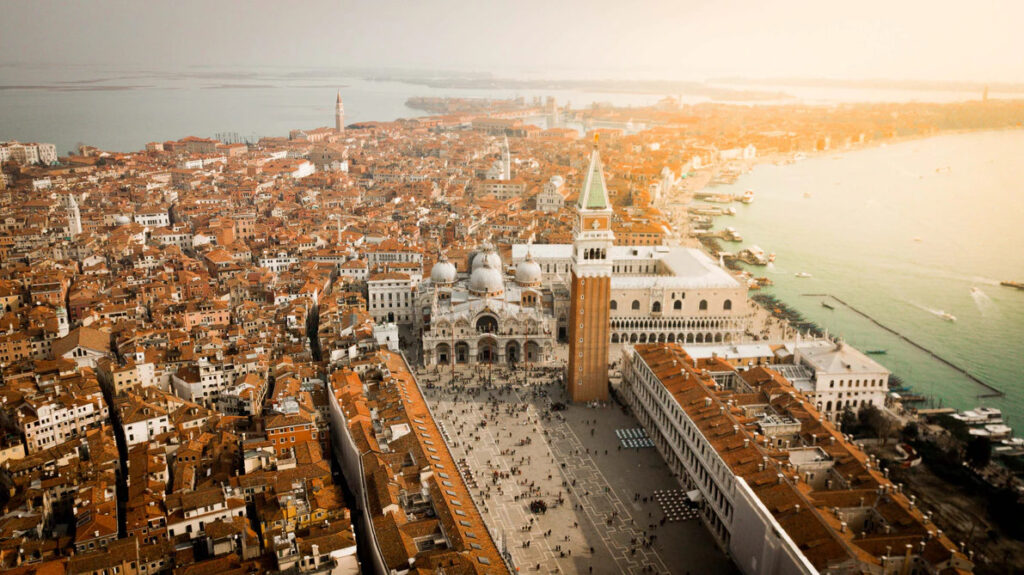
Sea water levels rose between 10 and 25 centimeters and by 2100 they are expected to rise between 60 and 110 centimeters. Land subsidence and rising sea levels are inevitable, and they are leading to the city sinking even further each time the tides rise, which is occurring more and more often.
¿Cómo pueden las ciudades ayudar a las personas ciegas?
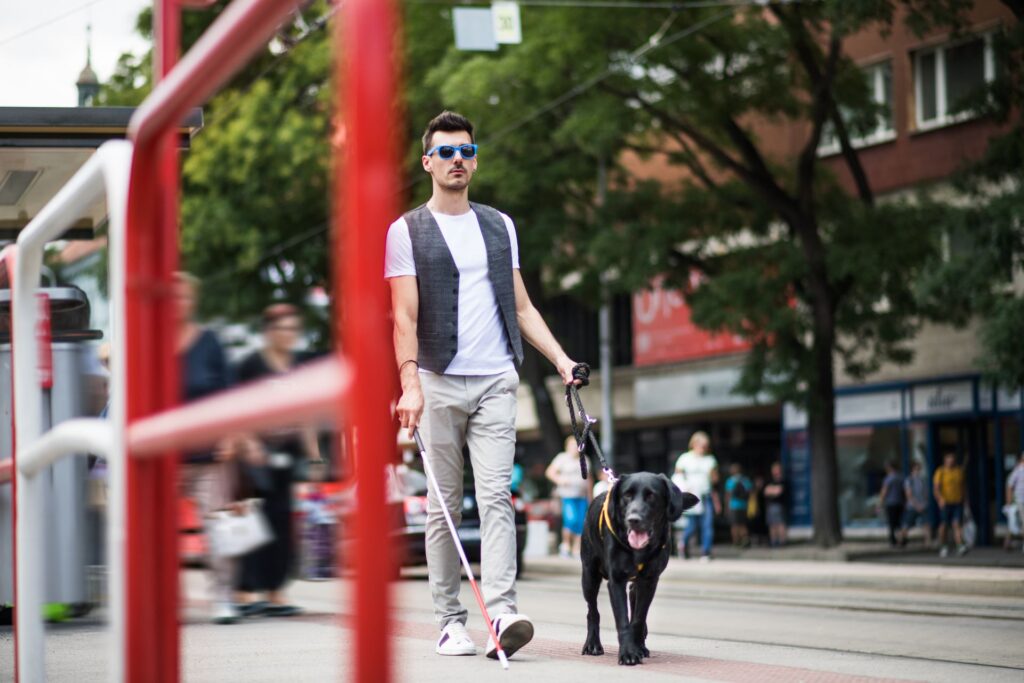
According to the WHO, around 1.3 billion people in the world are affected by some form of visual impairment. Given that an increasing number of people are living in cities, it seems logical to facilitate the lives of people living with visual impairments through accessibility.
Las compras con entrega robotizada llegan a las ciudades
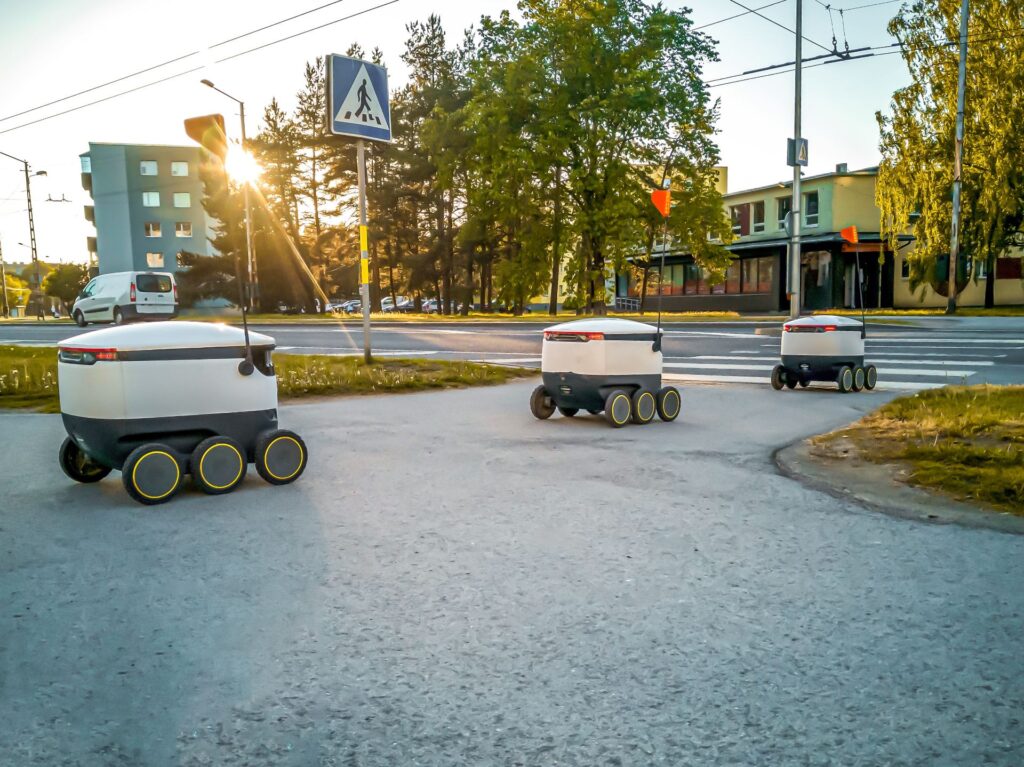
Parcel delivery robots are starting to colonize cities. What was just an interesting idea a few years ago is now a commercial reality.
Tecnología para smart cities: estos son los pilares del urbanismo del futuro
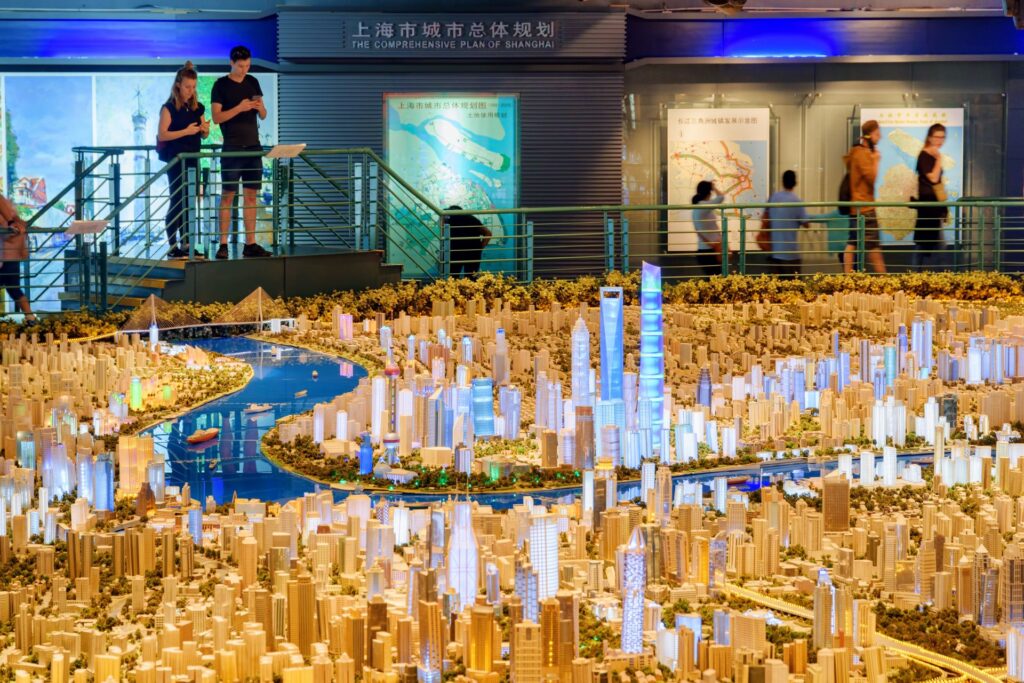
Uno de los rasgos más definitorios de una ciudad inteligente se encuentra en su capacidad de asimilación de nuevas tecnologías. Pero, ¿qué entendemos por tecnología para smart cities? No, no se trata de una enumeración de ingenios “que hacen la vida urbana más fácil”.
Tecnología de seguimiento ocular: qué es y cómo la veremos en nuestras ciudades
The COVID-19 pandemic has reactivated research in the area of eye-tracking, a technology that enables devices to be operated without physical contact, just with the gaze.
Alimentación sostenible: ¿realidad o fantasía?
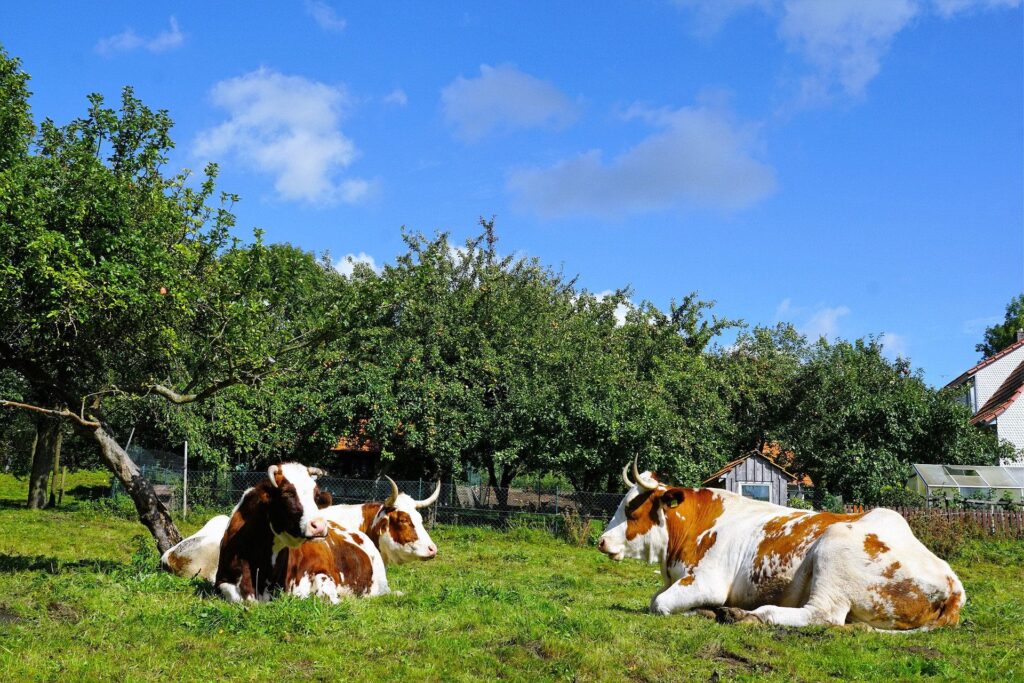
La alimentación es uno de los factores claves para mejorar la salud de las personas. De igual modo, la producción responsable de alimentos y ciertos cambios en los hábitos de consumo pueden mejorar el medio ambiente.